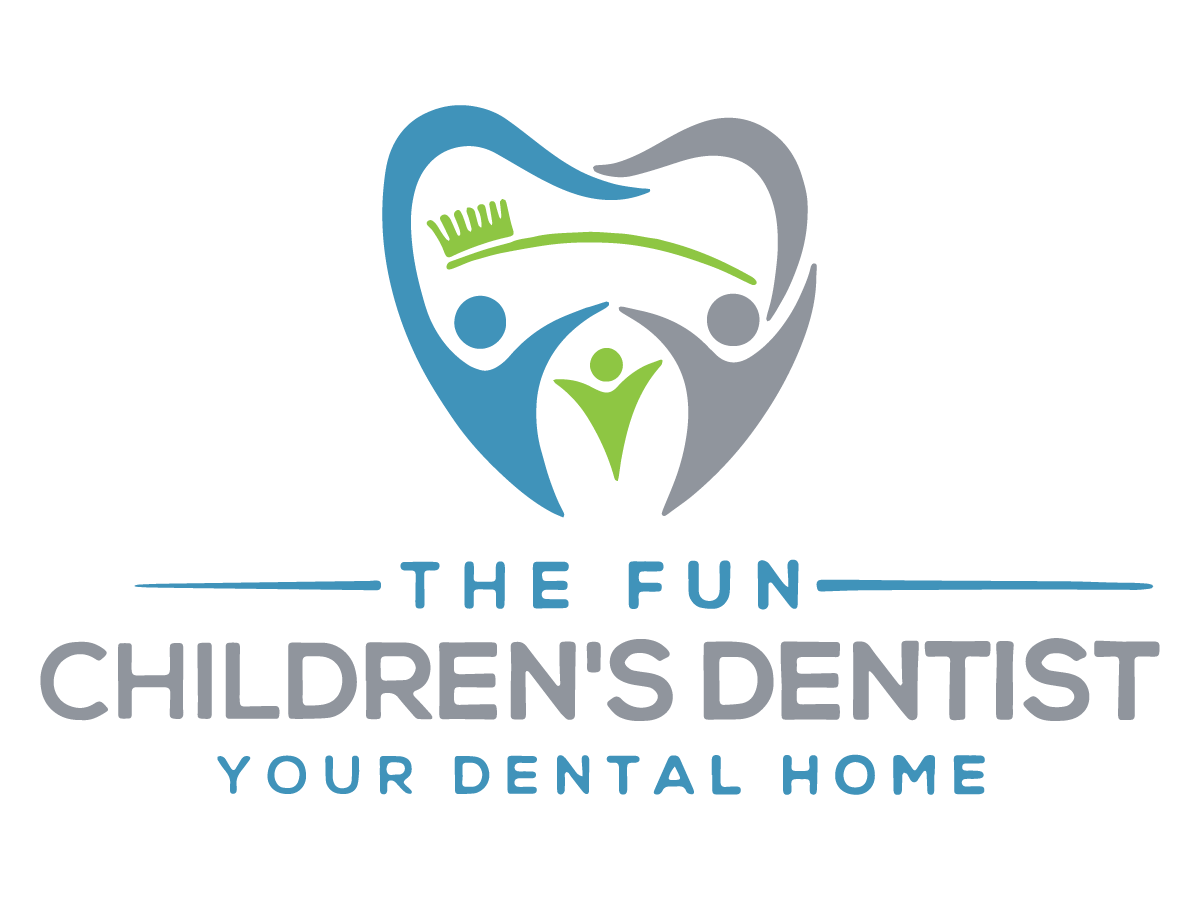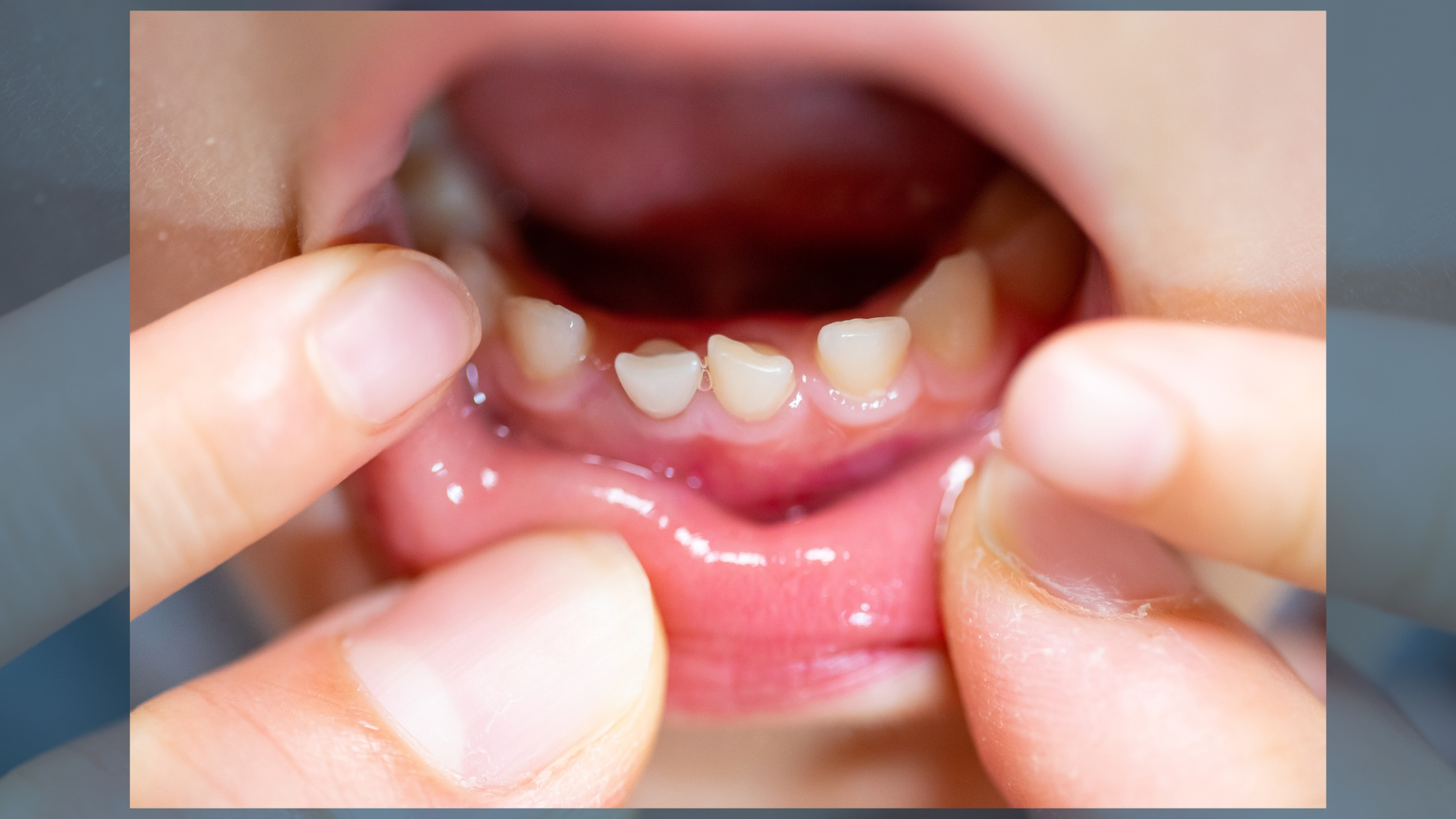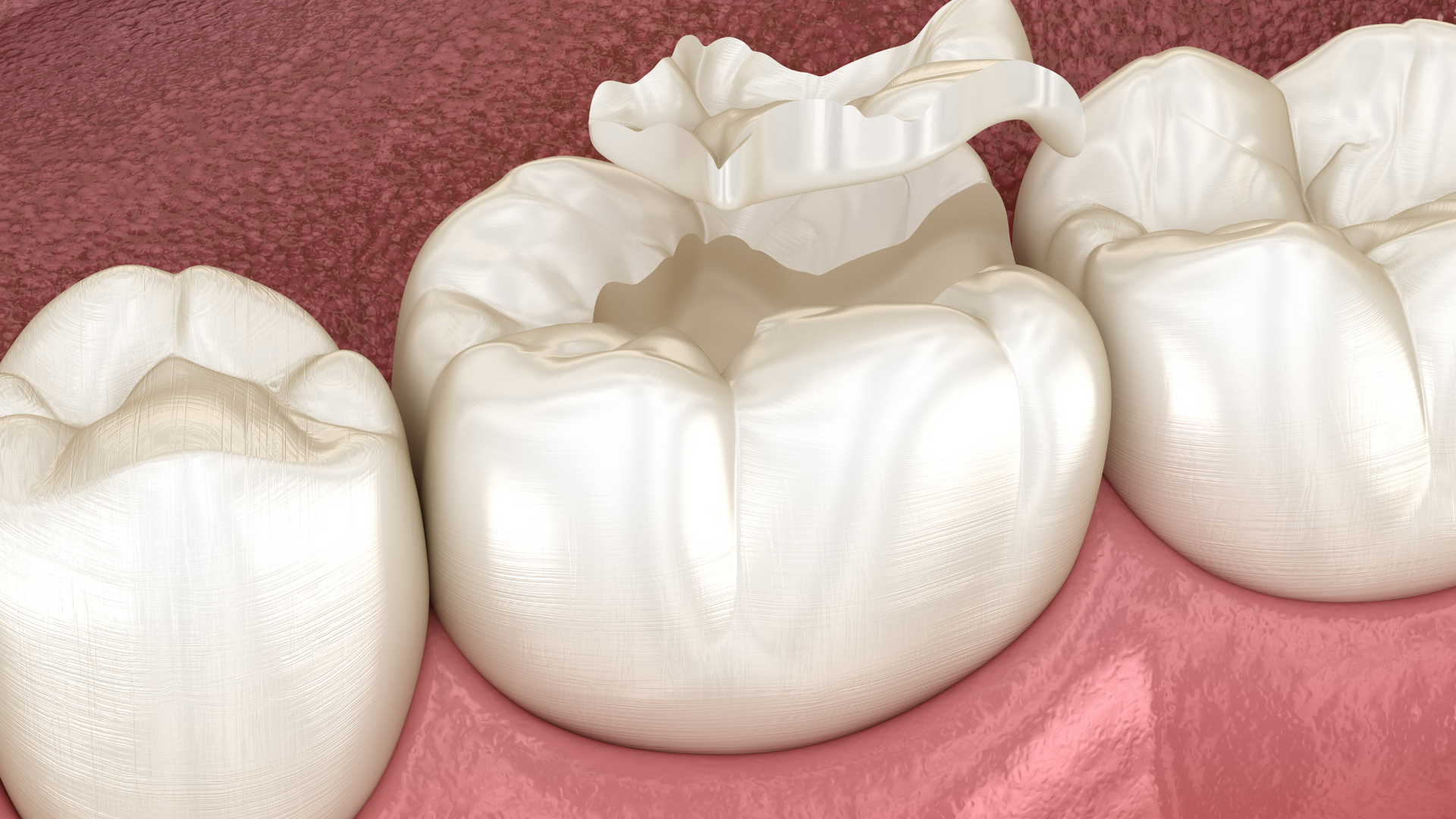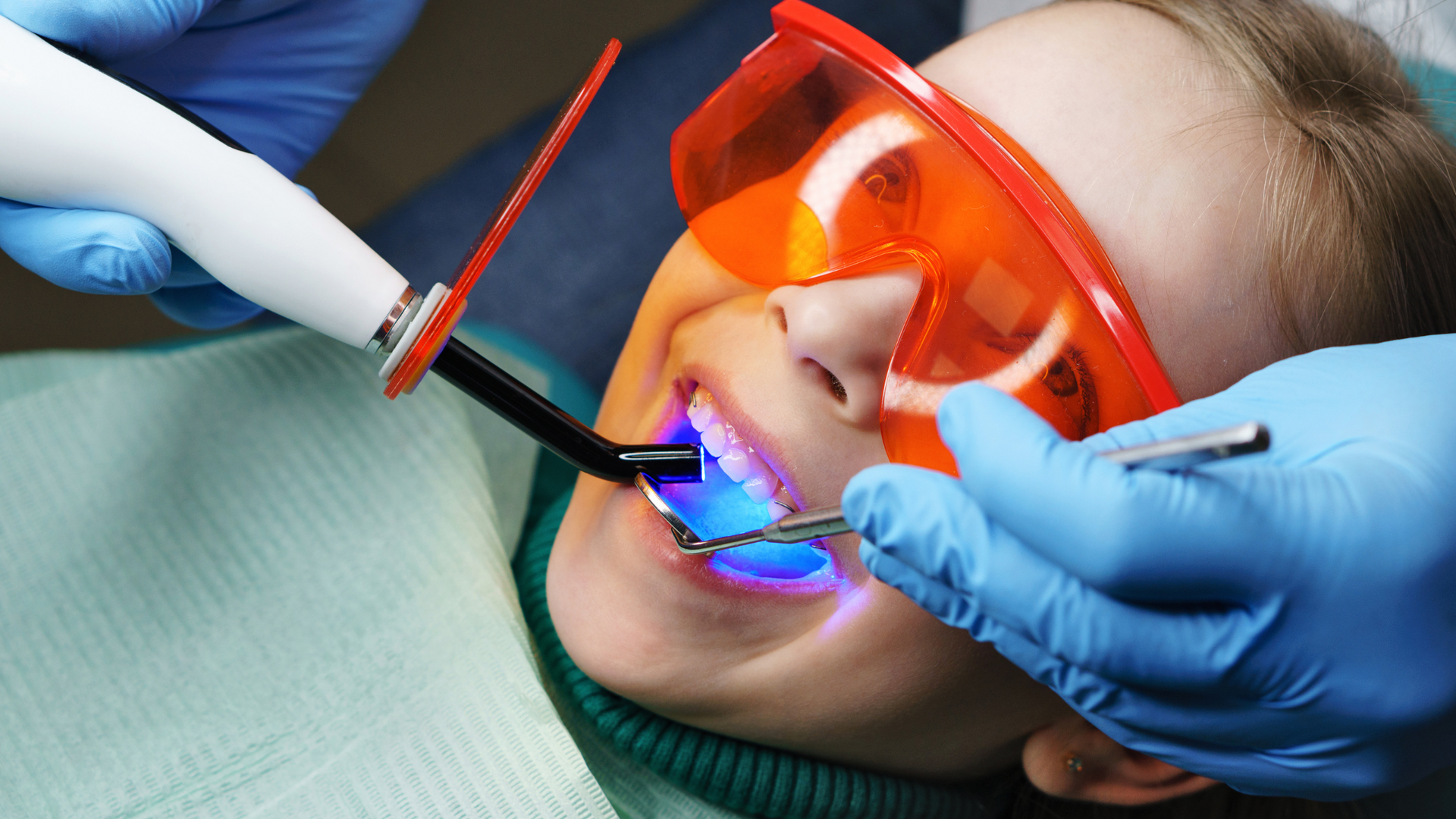What Is the “Rule of 7” in Pediatric Dentistry? A Parent’s Guide to Growing Smiles
A Smile That Grows With Your Child
What Is the “Rule of 7” in Pediatric Dentistry?
The Rule of 7 is a helpful rule of thumb that connects a child’s age with their tooth development milestones. While every child is different, this rule gives parents and dentists a general timeline of what to expect.
Here’s how it typically works:
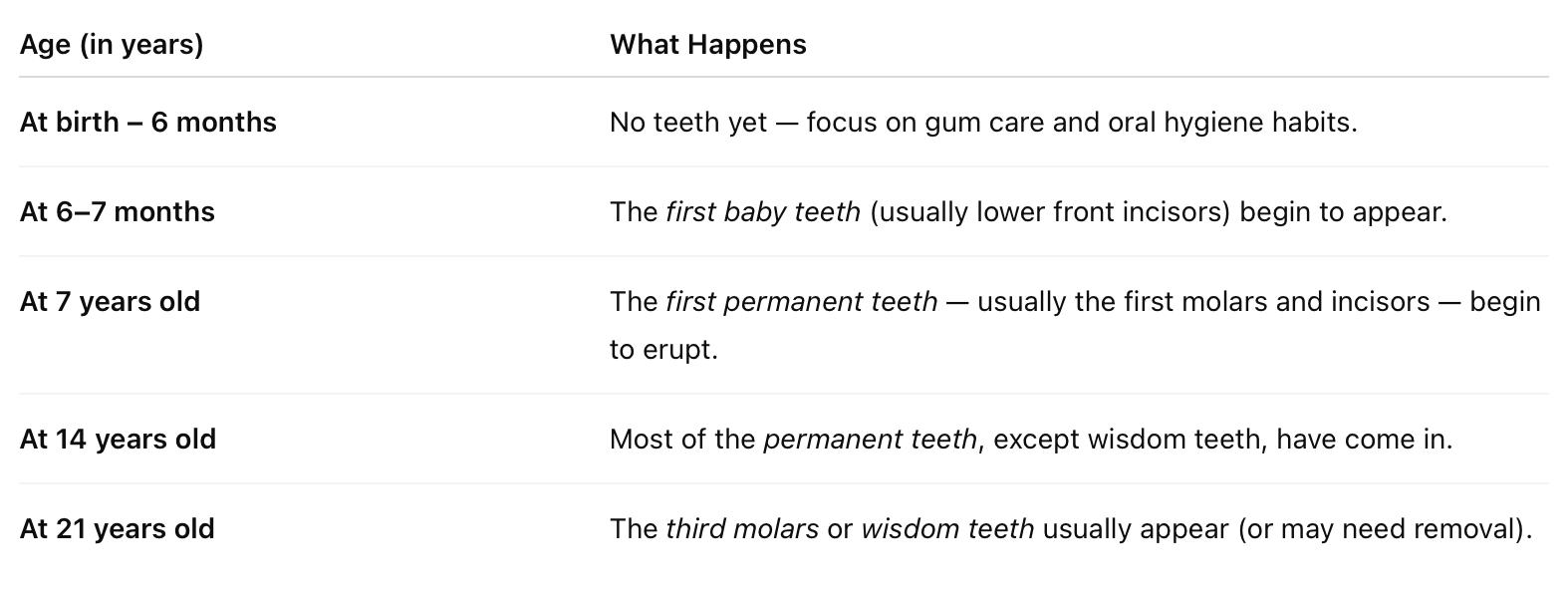
So, in simple terms:
By age 7, your child’s first permanent teeth should be coming in — marking the start of their adult smile journey.
That’s why the “Rule of 7” matters so much. It’s a checkpoint for both parents and pediatric dentists to ensure your child’s teeth are growing in properly and the baby teeth are falling out on time.
Why the Rule of 7 Matters for Kids’ Dental Growth
Think of your child’s mouth as a growing neighborhood — teeth are like houses being built one by one. If one house goes up too early or too late, it can affect the whole block!
The Rule of 7 helps dentists:
- Monitor eruption patterns: Ensuring permanent teeth come in at the right place and time.
- Check spacing and crowding: If adult teeth erupt too early or late, it can lead to crowding or alignment problems.
- Identify developmental concerns early: Such as missing teeth, delayed eruption, or extra (supernumerary) teeth.
- Plan for orthodontic care: By age 7, a child may need an early orthodontic evaluation if tooth or jaw growth looks irregular.
For parents, following the Rule of 7 helps you:
- Understand what’s normal versus what’s concerning.
- Know when to schedule important dental milestones.
- Support your child’s oral hygiene during each stage.

Tooth Eruption Chart: A Visual Guide to Kids’ Dental Growth
Here’s a quick look at the typical tooth eruption timeline your pediatric dentist in Texas might reference during exams:
Baby Teeth (Primary Teeth) Eruption

Permanent Teeth Eruption

Fun fact: Some kids may experience slight variations, and that’s perfectly normal. Your pediatric dentist can help determine whether your child’s development is on track.
The Role of Your Pediatric Dentist in Tracking Growth
The Fun Children’s Dentist team uses the Rule of 7 as part of a broader dental growth and development assessment. Here’s what typically happens at your child’s routine dental exams:
1. Eruption and Growth Monitoring
Dentists check which teeth are in, which are about to erupt, and if any baby teeth are overstaying their welcome.
2. Bite and Jaw Alignment
At around age 7, your child’s bite (occlusion) becomes easier to evaluate. Detecting early misalignments can save time and money on braces later.
3. Cavity and Hygiene Check
Newly erupted teeth, especially molars, are prone to cavities. Your dentist may recommend dental sealants to protect them.
4. X-Rays for Future Teeth
Dental X-rays help visualize teeth that haven’t erupted yet and ensure everything is developing as expected.
5. Guidance for Parents
You’ll get personalized advice about brushing, flossing, fluoride use, and nutrition to support your child’s smile.

Common Questions About the Rule of 7
1. What if my child’s permanent teeth aren’t coming in at age 7?
Don’t panic! A few months’ difference is usually normal. Genetics, early or late loss of baby teeth, and growth variations all play a role. However, if permanent teeth haven’t erupted by age 8–9, it’s best to have a pediatric dentist evaluate.
2. What if permanent teeth come in too early?
Sometimes, permanent teeth erupt before baby teeth fall out, creating a “shark tooth” appearance. Your dentist may simply monitor it, or if needed, extract the baby tooth to allow proper alignment.
3. What happens if a baby tooth doesn’t fall out?
If a primary tooth overstays its welcome, it might block a permanent tooth’s path. Your pediatric dentist may recommend an X-ray and removal to prevent crowding.
4. How does the Rule of 7 help prevent orthodontic issues?
By age 7, early signs of spacing or bite problems can be identified. Early orthodontic evaluation often leads to simpler, shorter treatment later in life.
The Importance of Regular Kids’ Dental Exams
Even with a great eruption pattern, regular dental visits are essential. The American Academy of Pediatric Dentistry (AAPD) recommends that children visit a dentist:
- By their first birthday, or within 6 months of the first tooth erupting
- And every six months thereafter
These checkups help:
- Catch cavities early
- Maintain healthy gums
- Track growth milestones like the Rule of 7
- Build comfort and positive dental habits
At The Fun Children’s Dentist, we make every visit engaging, educational, and stress-free. Our team specializes in caring for children of all ages — from toddlers getting their first tooth to pre-teens entering the Rule of 7 stage.
Why Consistency Matters: Prevention Is Easier Than Treatment
The biggest advantage of understanding the Rule of 7 isn’t just knowing when teeth appear — it’s about creating consistent care habits that protect them.
Regular exams help your dentist:
- Spot early warning signs of crowding or bite issues
- Apply sealants and fluoride to protect new permanent teeth
- Teach brushing and flossing habits tailored to your child’s age
- Ensure baby teeth fall out naturally, clearing space for adult ones
A consistent dental routine builds lifelong habits — and a smile that grows stronger every year.
Fun Fact: Every Child’s Smile Is Unique!
While dental “rules” like the Rule of 7 are helpful, remember that every child’s smile develops at its own pace. Some kids sprout their first teeth at 4 months, others at 10. The same goes for losing baby teeth and growing permanent ones.
Your pediatric dentist in Texas is your best partner in monitoring this journey and celebrating every milestone along the way.
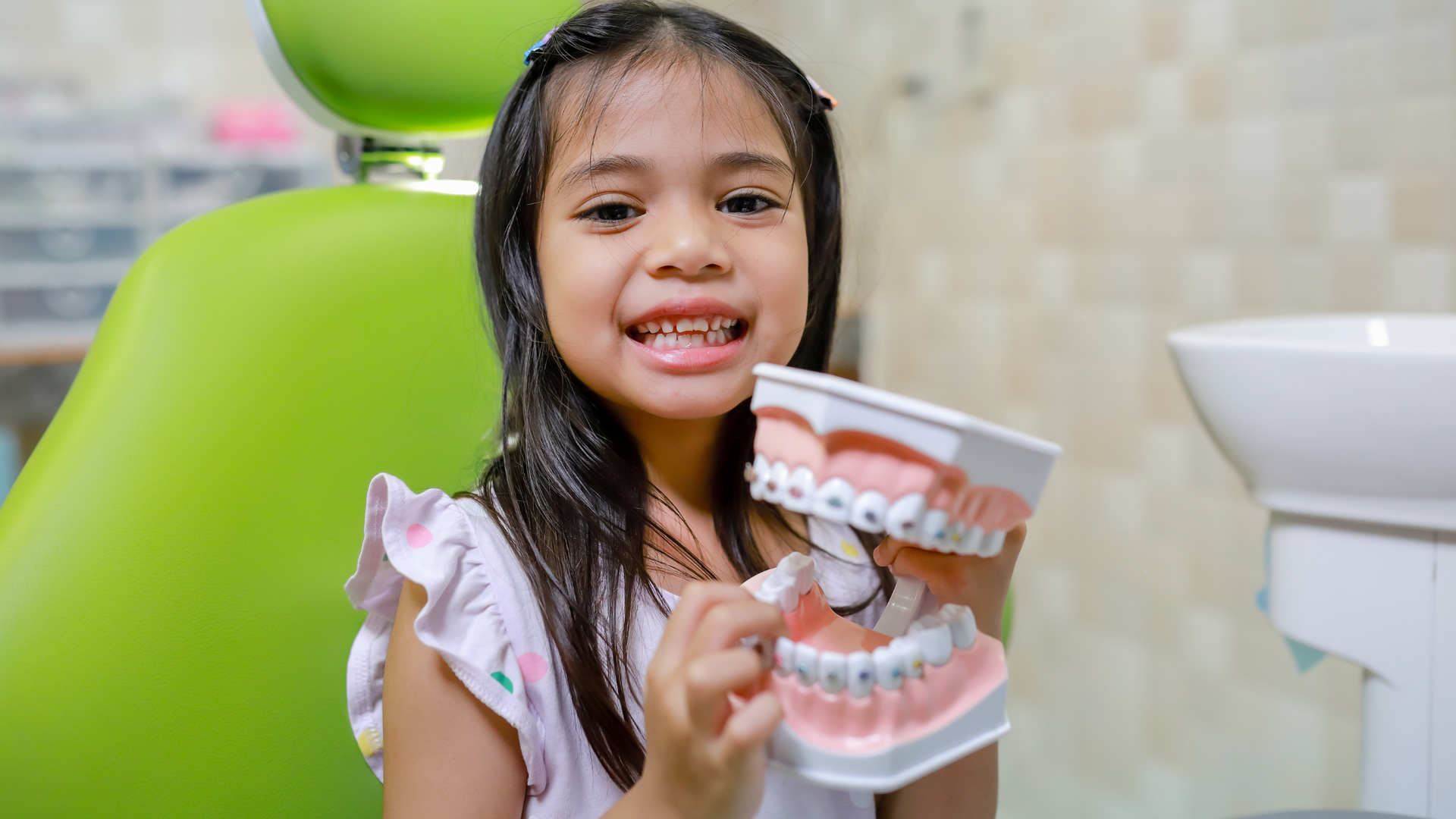
Keep Your Child’s Smile Growing Strong
At The Fun Children’s Dentist, we believe every stage of your child’s smile should be a fun and positive experience. From their very first tooth to their confident teenage grin, our team is here to make every visit something to smile about.
Schedule your child’s next dental exam today: www.thefunchildrensdentist.com
Because a healthy smile today means a confident tomorrow.
Blogs and Resources for Happy and HealthyTeeth


